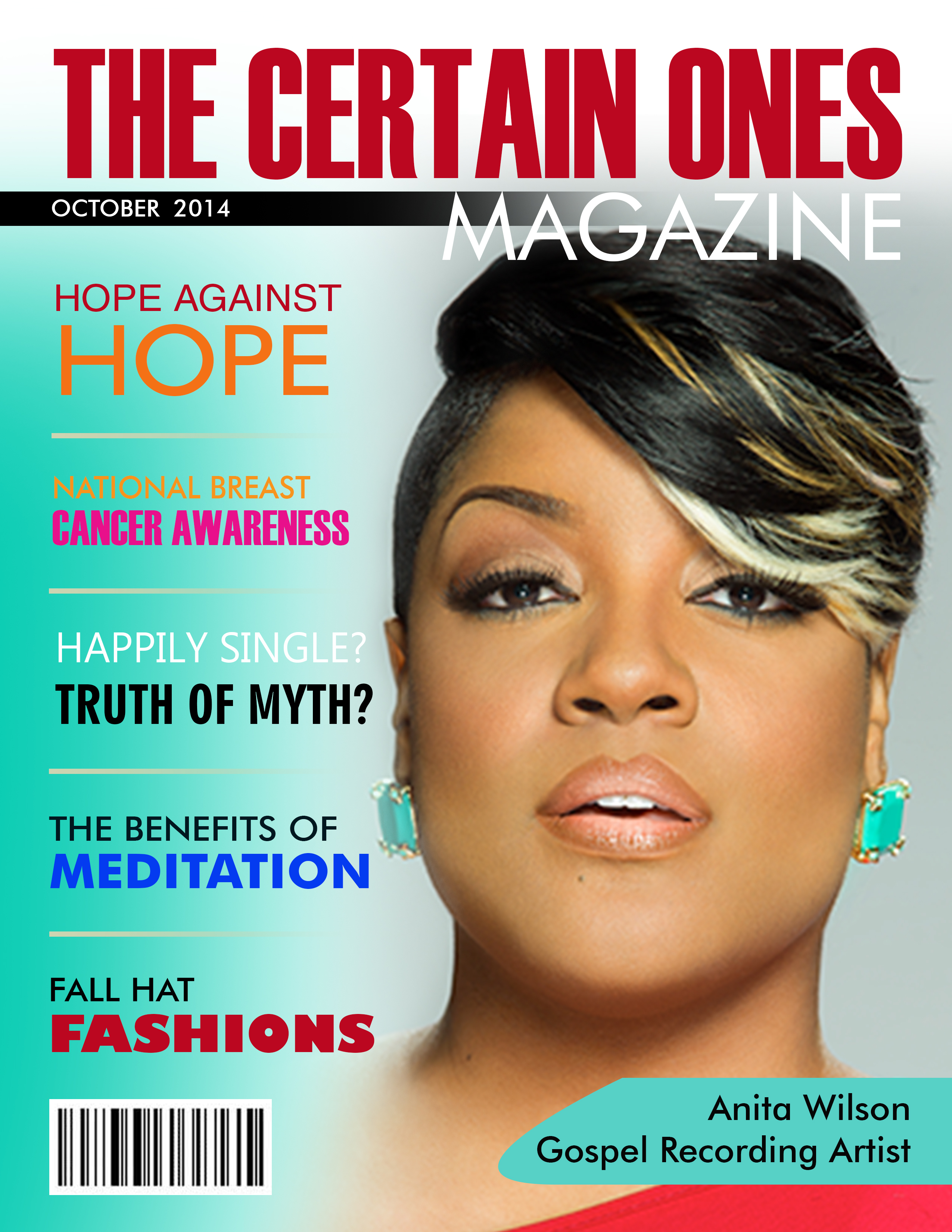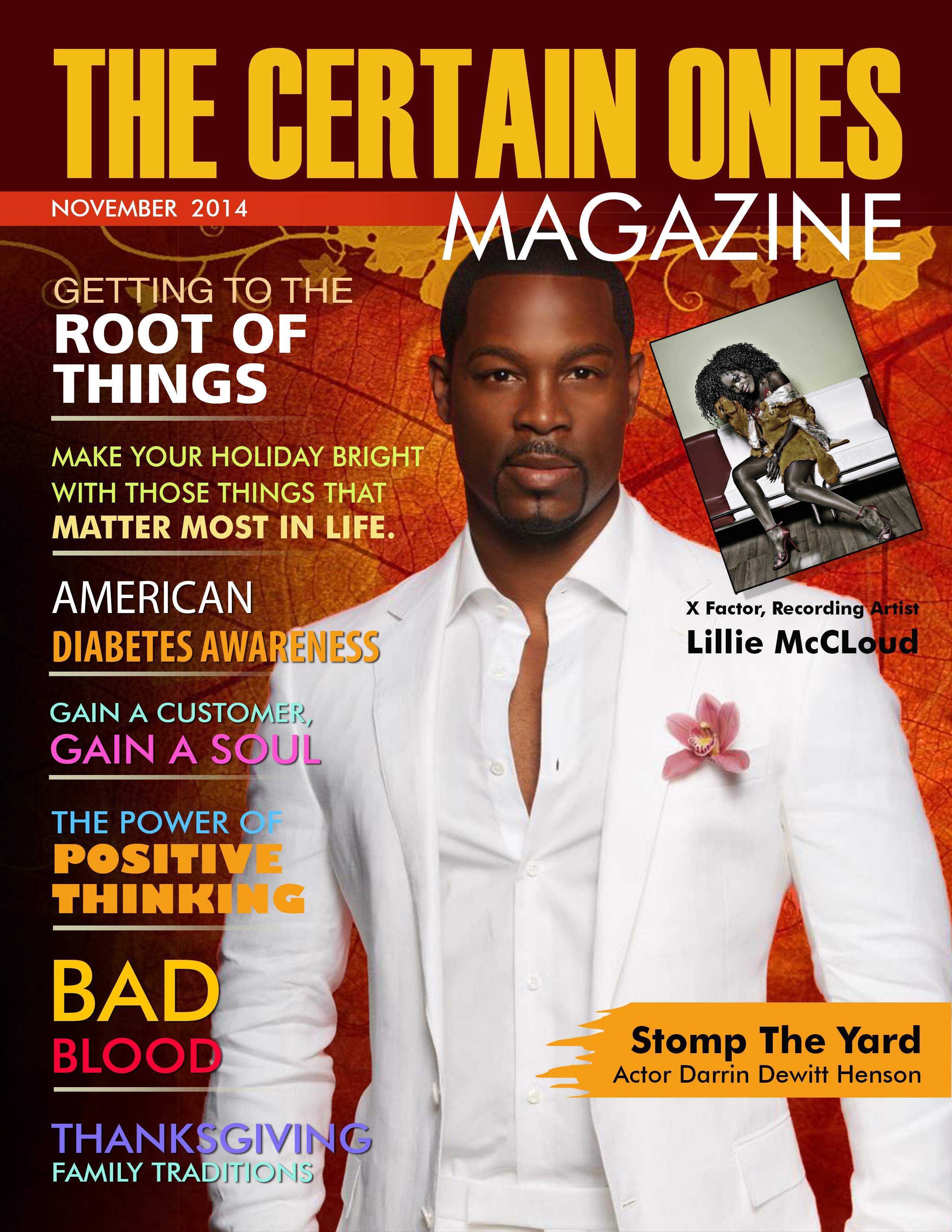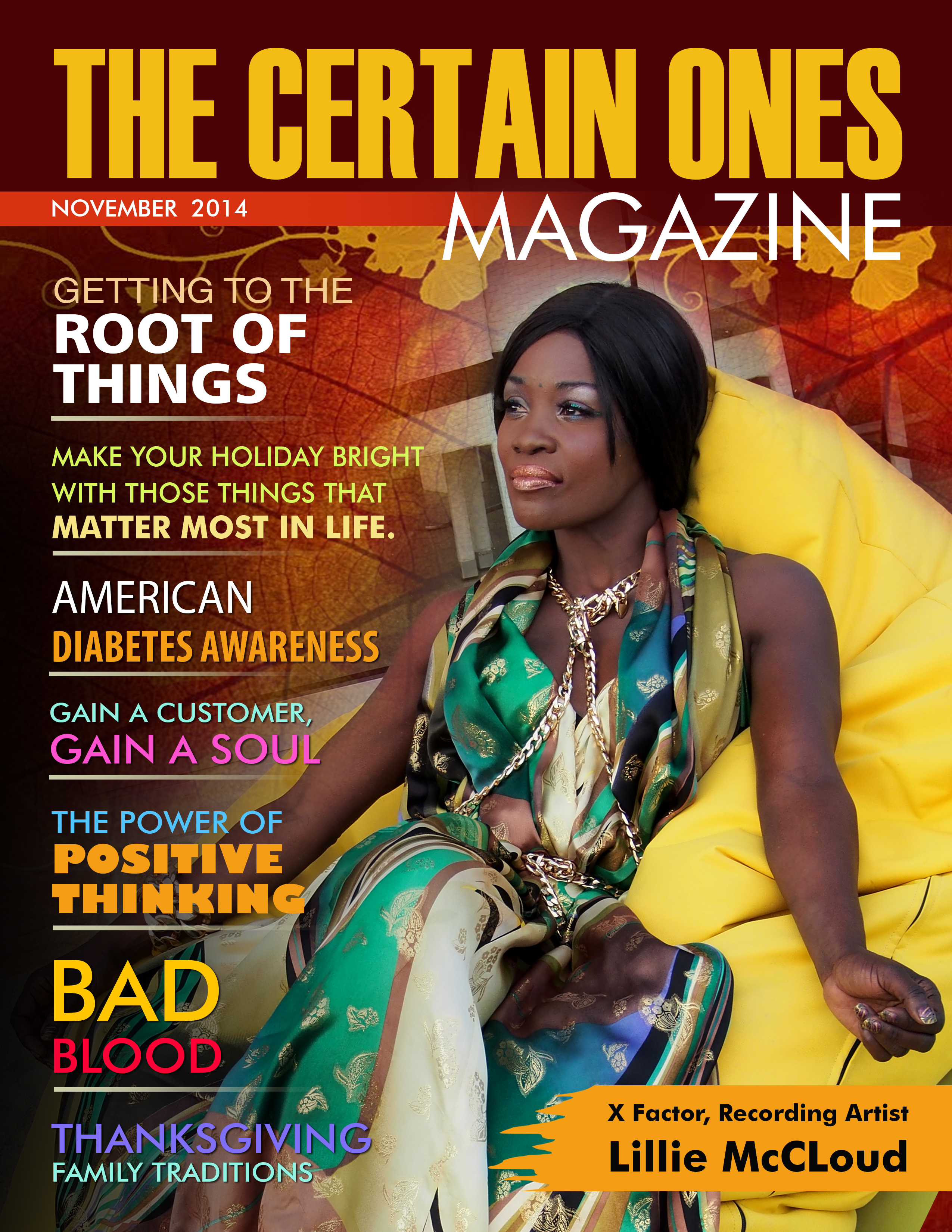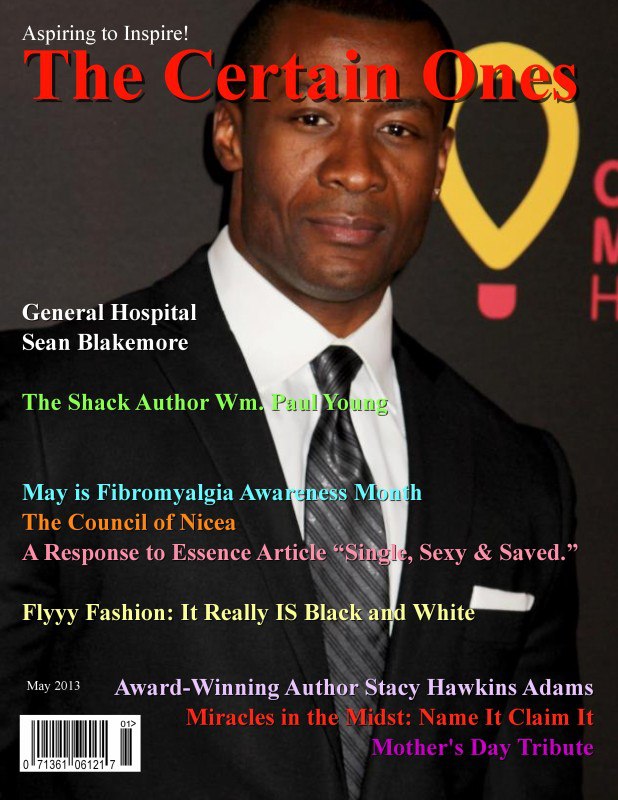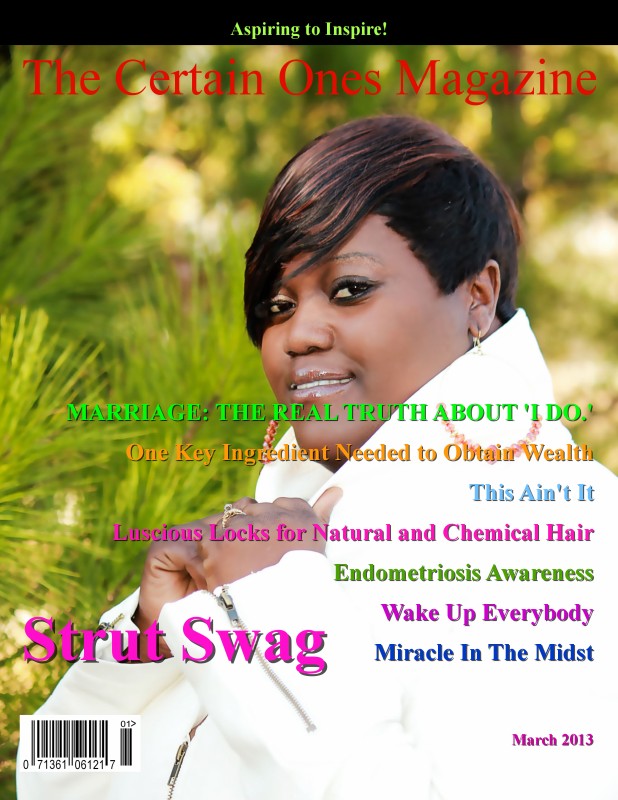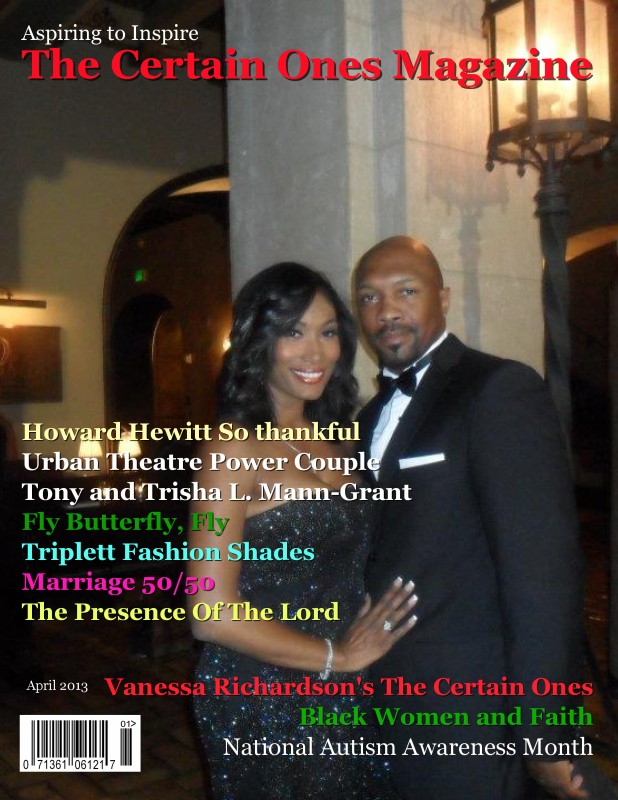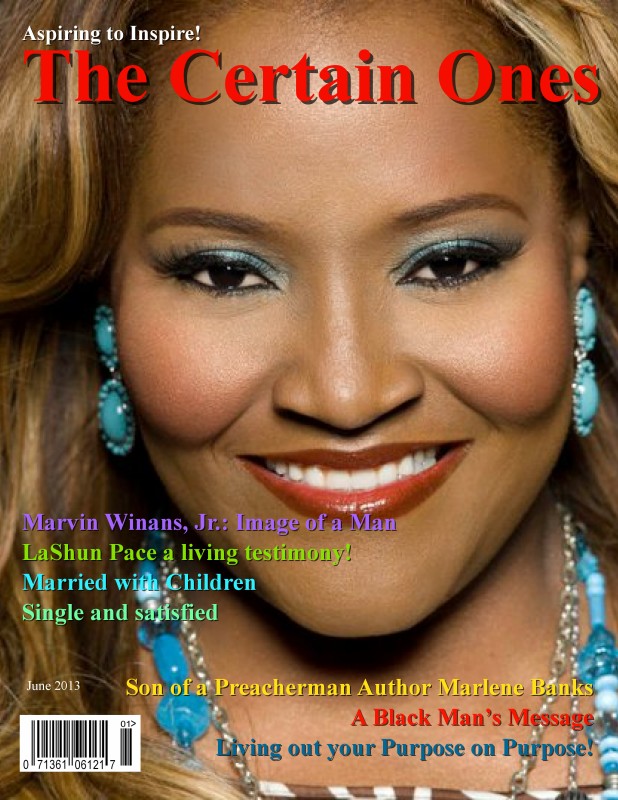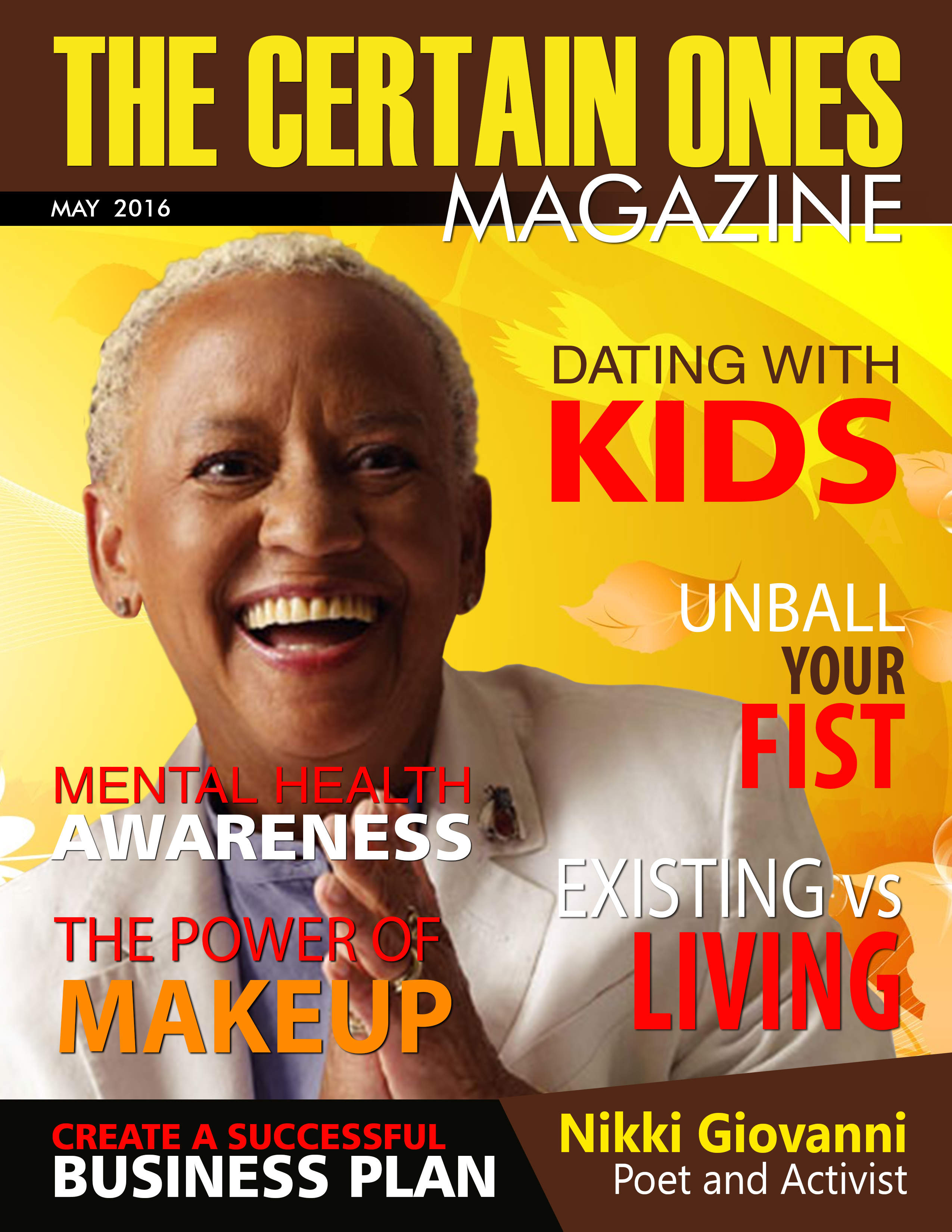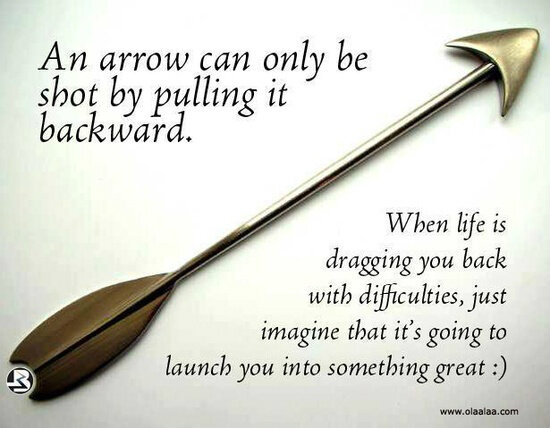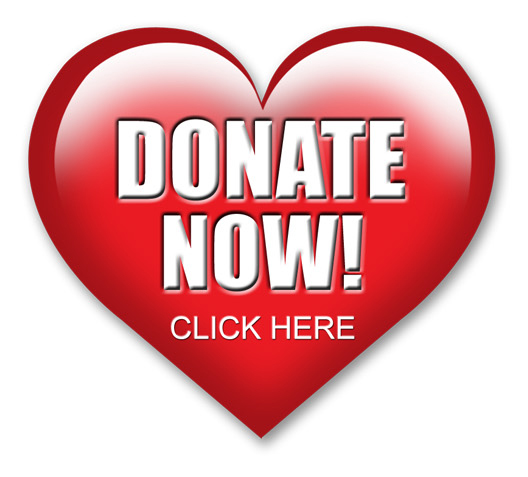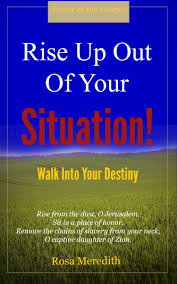Posted by The Certain Ones in Health | 0 Comments
Autism Awareness

2 April 2014, the seventh annual World Autism Awareness Day (WAAD), marks the start of an entire month of events and manifestations intended to bring autism in the center of attention. Such an event is the perfect opportunity to inform the general public about a condition that is usually looked at with indifference and associated with shame and stigma. The occasion reminds us to be tolerant with those less fortunate and to share concern in the struggle for a better solution.
In order to highlight the growing need for concern and awareness about autism, the Autism Society has been celebrating National Autism Awareness Month since the 1970s.
Autism is a generic name for a series of fundamental behavioral disorders. Autism has a strong genetic basis, although the genetics of autism are complex and it is unclear whether disorders from the autism spectrum are explained more by rare mutations, or by rare combinations of common genetic variants.
Some proposed causes like childhood vaccines are surrounded by controversy and there is no scientific evidence to support the claim. In March 2014, the University of Chicago published the results of the largest study on the influence of environmental factors in intellectual disabilities. Analyzing medical records of 100 million Americans, researchers concluded that the incidence of autism is closely linked to exposure to pollutants, like pesticides. Research also indicates that environmental toxins (heavy metals such as mercury), which are more prevalent in our environment than in the past, can also be a major factor for autism.

A reason of concern is the dramatic increase of those diagnosed with autism for the last three decades, but this tendency can be linked to a better diagnostic methodology, implemented from a younger age. Still, the uncertainty regarding environmental factors doesn’t allow us to exclude a possible real increase.
The rate at which worldwide population is affected by autism is 0.1 – 0.2%. The disorder occurs about four times more often in boys than girls. Recent studies have found no association with socioeconomic status, and have reported inconsistent results about associations with race or ethnicity.
Like any medical condition, autism is not discriminating. Even the perfect life of some celebrities gets a little shadow when their children are diagnosed with such a condition. We can mention here the son of Sylvester Stallone, Seargeoh, the son of Grammy Award winner singer Toni Braxton, Diezel, and the son of Jenny McCarthy (co-host of The View), Evan. The promotion of these cases in media, although detrimental regarding respect for personal life of stars, can also shed new light towards an otherwise silent disorder.
There is no cure for autism, but practice shows that early diagnosis and proper intervention lead to significantly improved results. Some well known signs that can point towards autism are repetitive use of language and gestures, poor eye contact and lack of interest in peer relationships. So, repeated early screening for kids should be mandatory. Any diagnosed affection can offer the chance to a better life both for the one affected and for his/her family.
Autism is one of only three health issues to be recognized by the United Nations with its own day. Similar to the pink ribbon that the breast cancer campaign uses, or the yellow ribbon as symbol of the fight against endometriosis, the supporters of autism cause can be recognized by a certain style ribbon. Red, blue, green and yellow pieces are assembled like a puzzle to create a very appealing logo.
Another color theme often associated with autism is blue. “Light It Up Blue” is a unique global initiative that kicks-off Autism Awareness Month and helps raise awareness about autism. Many iconic landmarks and buildings are illuminated in blue around the world. You may ask why blue as symbol for autism. The answer is that Autism Spectrum Disorders are more common among boys so choosing that particular color seems a natural choice.
You can join the effort for National Autism Awareness Month by showing the Autism Awareness Puzzle Ribbon on your website or social media and by creating, promoting or attending local events. You can also find the courage to share your experience with a family member or friend suffering from autism. The best way to help is to get involved!







